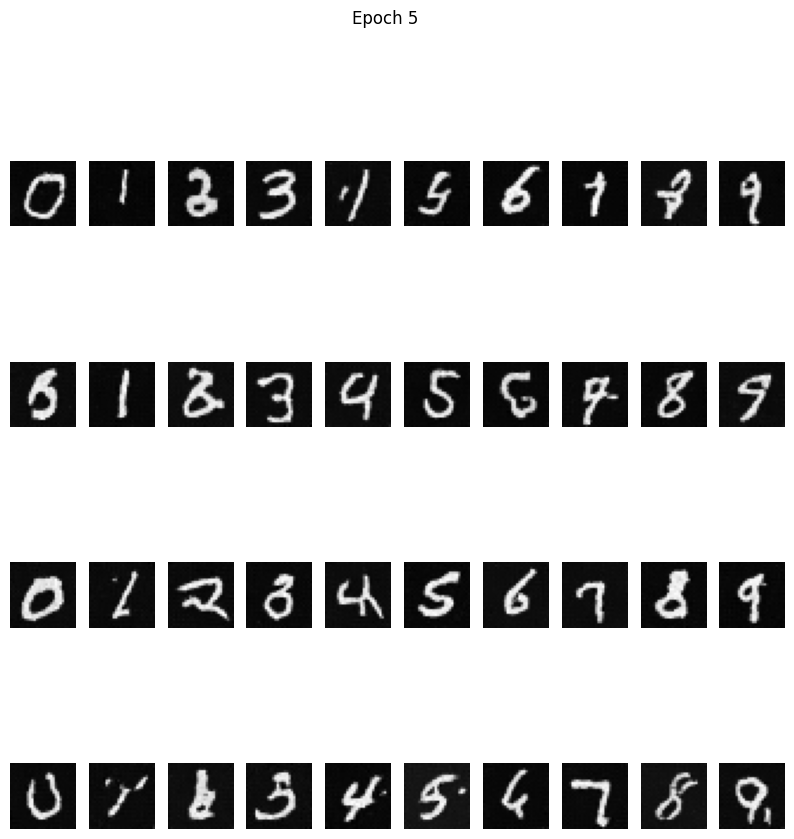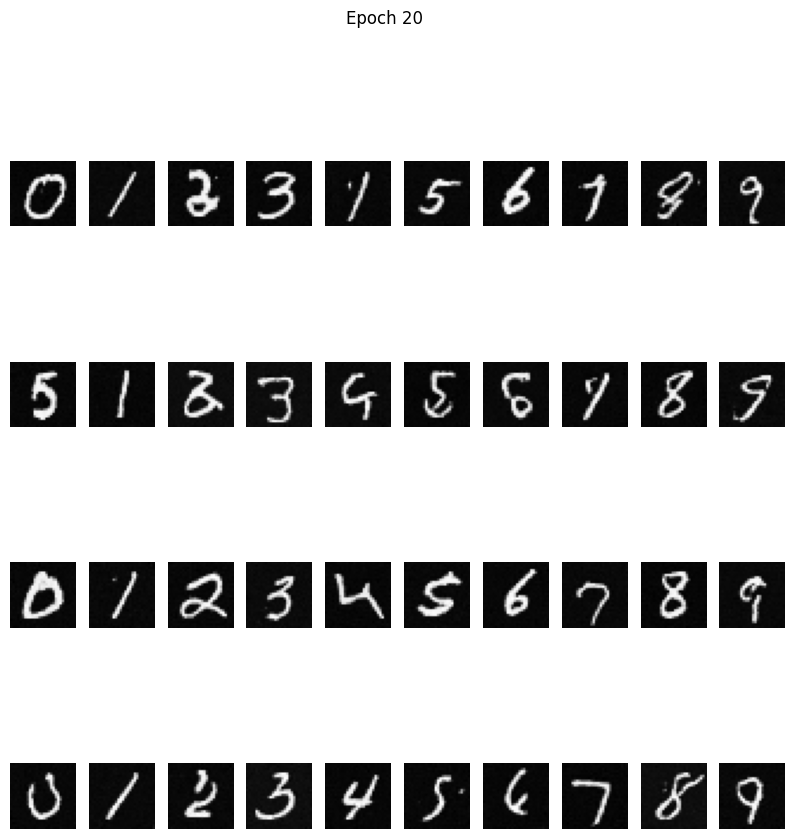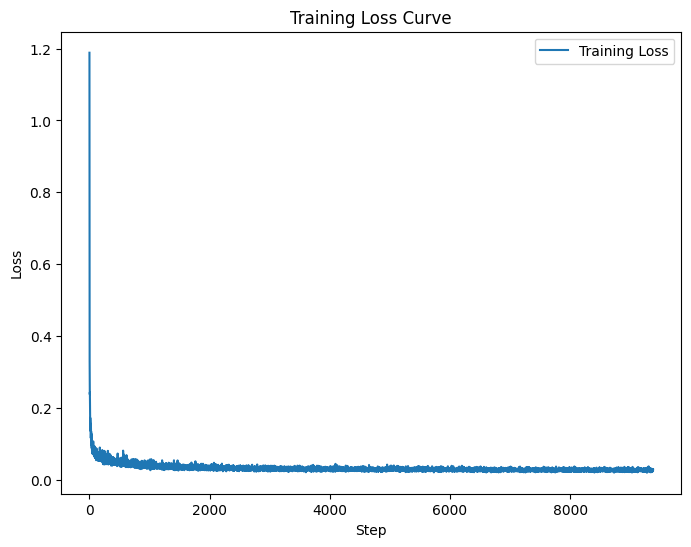



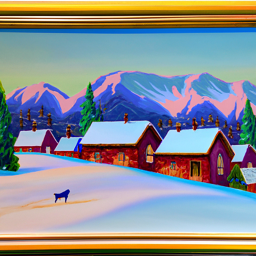
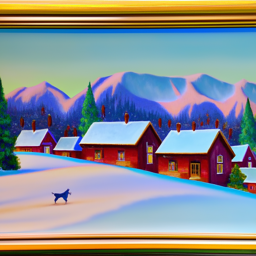
For this part I will be leveraging the power of big data, and use the pretrained model DeepFloyd IF. By providing the model a prompt and how many steps we want it to take, (more is higher quality), we can get AI generated images. Throughout this whole project the seed I use is 137. Here are a few pictures at 50 and 500 inference steps. The 500 ones look much crisper, and the prompts seem to be exactly what it is. Some are more cartoony than others.






We want to take some clean image, and give it some noise so we can use the models denoise abilities to create a new image. We can define a system of "time" where at t=0 the image is completely clean, and at t=T the image is pure noise. The model works by denoising each timestep little by little rather than going from a completely noisy image to a clean one.

Here x_0 is a clean image and x_t is the image at noise level t, alpha is a coefficent that determines how noisy we want our image and is already predetermined for us. I implemented this function to create noisy images from an original image.




To contrast the power of diffusion models, here below is classical denoising (just a gaussian blur filter)






Now we can use our model to denoise since it has been trainied on such a large data set this should be much better than classical methods. For all the parts below I used the prompt "a high quality image" except when otherwise specified.






Instead of running the model 1000 times to denoise an image at noise level 1000, we can skip some steps by running the formula below, where alpha is defined above but beta is just 1 - alpha. The prime notation indicated the time step before the current one. We can stride our timesteps by taking steps of 30 instead of one, cutting down on a lot of compute time.

Below is the results of iterative denoising, showing 5 different levels of noise and the final cleaned up image, along side the guassian denoise, the original image and the one step denoised image.









Instead of denoising to an existing image, if we denoise from pure noise we can get a brand new image. Here I used the prompt, a high quality image.





Those images are somewhat in the uncanny valley, so to fix this we can also add some unconditional noise. This will decrease image diversification but massively increase quality. By averaging the noise with the equation e = e_u + g(e_c - e_u). Where e is the error, and g is gamma a factor we set.





Here we are going to take some image, then noise it a little bit and run the denoising algorithm, this will provide us with a series of images that will progessively look more like the original.





















Lets do the same thing but with some hand drawn images as well as some other fun ones.





















We can also selectively replace parts of an image by creating a mask and only noising and denoising that part of the image.












Here I denoise on a particular prompt to make a kind of blend between the prompt and the original.





















We can keep playing around with these ideas by using two prompts, with two noises, we can flip one image and its noise, average them together and add it to our image. This will create a "visual anagram" where looking at the image right side up or upside down will show different things.






Using the same idea as before but applying a low and highpass filter to each prompt and adding together the noise will result in some hybrid images.



Above is only possible due to the vast ammounts of data these models are trained on. Here we will build one of these models from scratch and train it on the MNIST dataset.
Here I have implemented the blocks seen below, and with the help of pytorch put together a model to create digits.

Lets add some noise to our digits, below ive added normal noise to a digit at varing sigma levels

Ive trained the model to deblur images at sigma level 0.5, below is the loss curve, Ive optimized over an L2 loss.
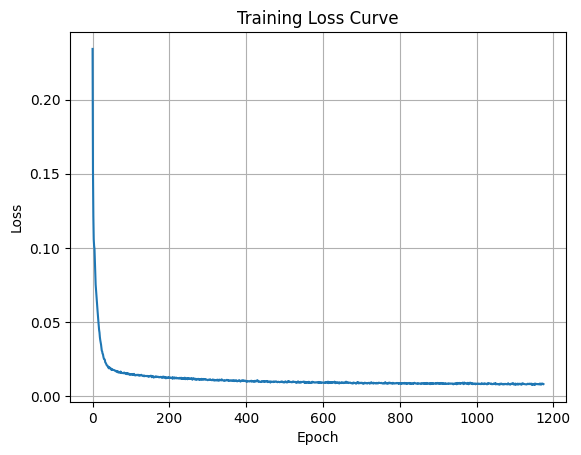
Here are some results denoising using this model at different epochs.
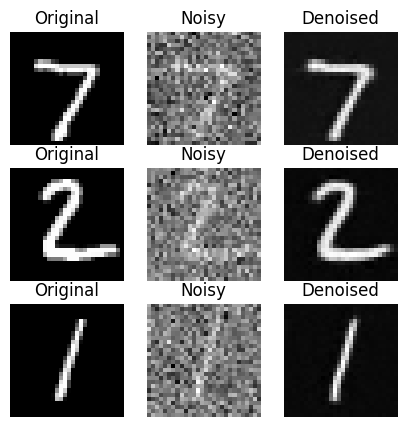

Testing this on sigmas not trained on, it shows it lacks effectiveness for more noisy images.

In order to make this better with more noise, we can add a fully connected layer into our model, below I've shown the training losses, as well as a sampling at epoch 5 and 20
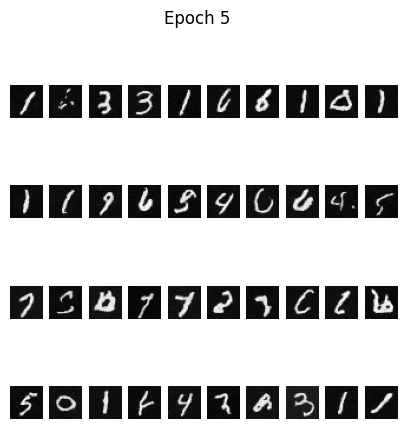
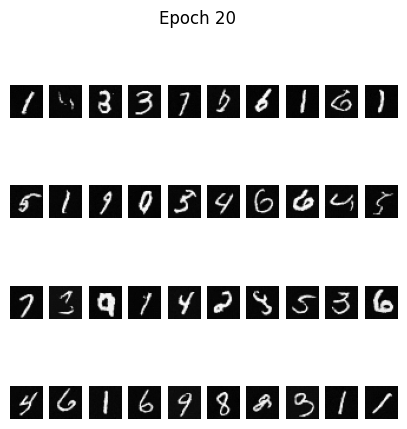
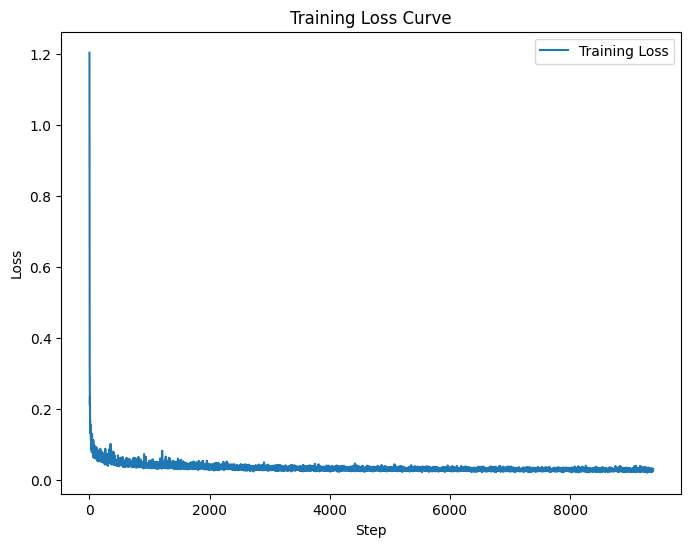
Again to make this better we can tell the model what class the number is training on, this should lead to better results. Below is the trainign losses as well as samples from epoch 5 and 20.
